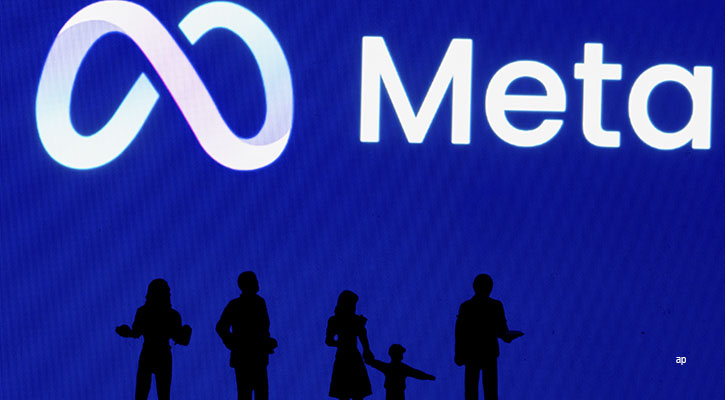.jpg)
Elon Musk was uncharacteristically cautious about Tesla's next big vehicle yesterday, and his comments may lead some to lower their initial expectations for the Cybertruck.
The sci-fi-looking electric vehicle, which appears as though it would be more at home on the moon or on Musk's favourite planet, Mars, has already been a source of missed expectations. First unveiled as a prototype in 2019 (when the model's smash-proof windows proved not so smash-proof after all), its production has been repeatedly delayed.
Early on in the company's conference call with analysts and investors Wednesday, Chief Executive Musk said he wanted to emphasise "there will be enormous challenges in reaching volume production with the Cybertruck, and then in making Cybertruck cash-flow positive."
Earlier, Tesla had reported third-quarter earnings short of Wall Street's expectations, and combined with Musk's comments to "temper expectations," its stock sank more than 4% in after-hours trading, following an initial rally. Musk may have caused some confusion among investors by his positive tweets Wednesday afternoon that the first Cybertruck deliveries are scheduled for November 30, but then sounded a bit overly cautious about it on the call.
He did not say exactly how many Cybertrucks he thought Tesla could produce in the initial ramp this year, and said volume production would not occur until 2025.
One investor asked how many Cybertrucks Tesla may be able to deliver in 2024.
"The more uncharted the territory, the less predictable the outcome," Musk said.
"If you say, 'well, where will things end up?' I think we'll end up with roughly a quarter-million Cybertrucks a year. And I don't think we're going to reach that output rate next year. I think we'll probably reach it sometime in 2025. That's my best guess."
In its shareholder presentation, in a chart on its factory capacity, Tesla noted its gigafactory in Texas has a capacity of more than than 125,000 units. But the way Musk was downplaying volume production, it seems unlikely it will hit that number this year, and 2024 is another question.
"This is simply normal," Musk said.
"When you've got a product with a lot of new technology, or any brand-new vehicle programme, but especially one that is as different and advanced as the Cybertruck, you will have problems proportionate to how many new things you're trying to solve at scale."
"We dug our own grave for Cybertruck," Musk added.
"Nobody digs graves by themselves and so it is... Cybertruck is one of those really special products that comes along only once in a long while."
Not only was Musk cautious about the Cybertruck's timing, he also said he was worried about the effect higher interest rates would have on the car-buying public, as most consumers buy cars on payment plans that accrue interest.
When asked about the company's current timeline for its so-called "robo-taxis", Musk did not answer with specifics. In 2019 he had proclaimed there would be a million Tesla robo-taxis on the road in 2020.
He did say that demand for the Cybertruck is "off the charts," with one million people having made reservations. Cybertrucks are beginning to be seen more often in the wild in the San Francisco Bay Area, and one was actually spotted by this columnist on Sunday.
It's worth pointing out Musk is currently being sued by the Securities and Exchange Commission over his failure to testify to regulators investigating his disclosures concerning his ownership of Twitter stock before his ultimate $44 billion (£36.3 billion) deal to take the social media company private last year. It's feasible that, for once, Musk is listening to Tesla's (or his own) attorneys about the risks of making overzealous predictions. Or he could be concerned production is going slower than he anticipated.
With Musk, investors never know what kind of shenanigans could potentially be afoot. But it's always wise to tread with caution on anything that he says.
Therese Poletti
This content was created by MarketWatch, which is operated by Dow Jones & Co. MarketWatch is published independently from Dow Jones Newswires and The Wall Street Journal









.jpg)

.jpg)

















